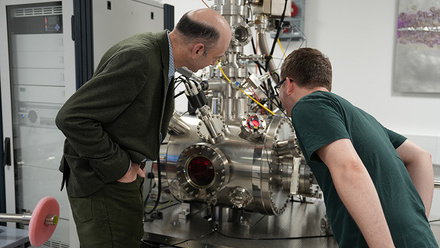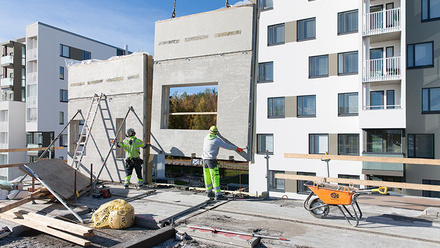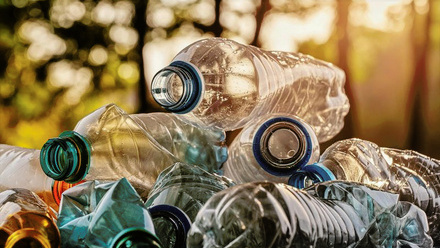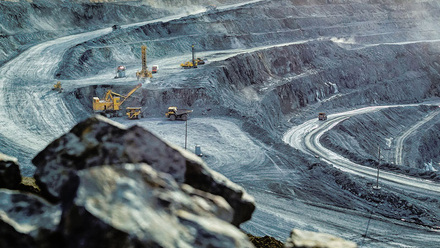Retrofitting existing furnaces could reduce steelmaking emissions by 90%
An adaptation designed for existing iron and steel furnaces could reduce carbon emissions by nearly 90%, report researchers from the University of Birmingham, U.K.
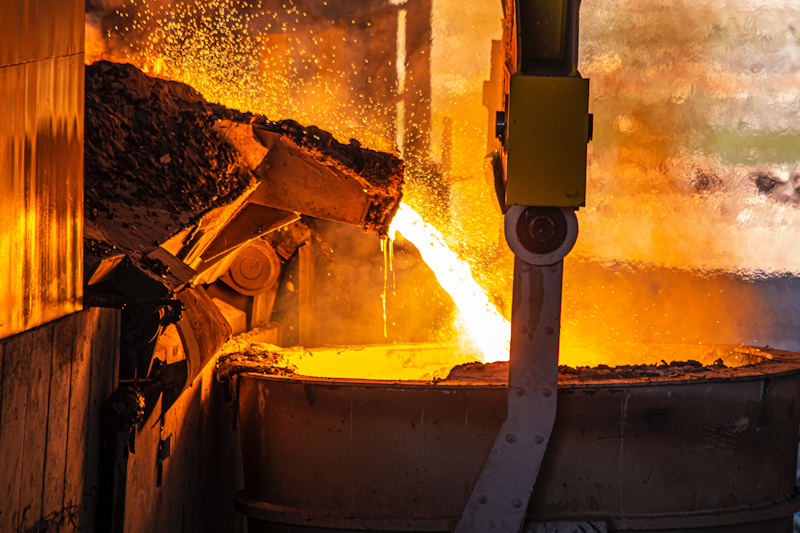
This reduction is achieved through a ‘closed loop’ carbon recycling system, which could replace 90% of the coke typically used in current blast furnace-basic oxygen furnace systems and produces oxygen as a by-product.
If implemented in the UK alone, the system could deliver cost savings of £1.28bln in five years while reducing overall UK emissions by 2.9%.
The recycling system captures the CO2 from the top gas and reduces it to CO using a crystalline mineral lattice known as a ‘perovskite’ material.
The material was chosen as the reactions take place within a range of temperatures (700-800oC) that can be powered by renewable energy sources and/or generated using heat exchangers connected to the blast furnaces.
The new system can be retrofitted to existing furnaces, with the addition of an array of additional gas separators and heat exchangers required to support the perovskite splitter.
The University of Birmingham Enterprise has filed a patent application covering the system and its use in metal production and is looking for long-term partners to participate in pilot studies.
Professor Yulong Ding says, 'Current proposals for decarbonising the steel sector rely on phasing out existing plants and introducing electric arc furnaces powered by renewable electricity. However, an electric arc furnace plant can cost over £1bln to build, which makes this switch economically unfeasible in the time remaining to meet the Paris Climate Agreement.
'The system we are proposing can be retrofitted to existing plants, which reduces the risk of stranded assets, and both the reduction in CO2, and the cost savings, are seen immediately.'



